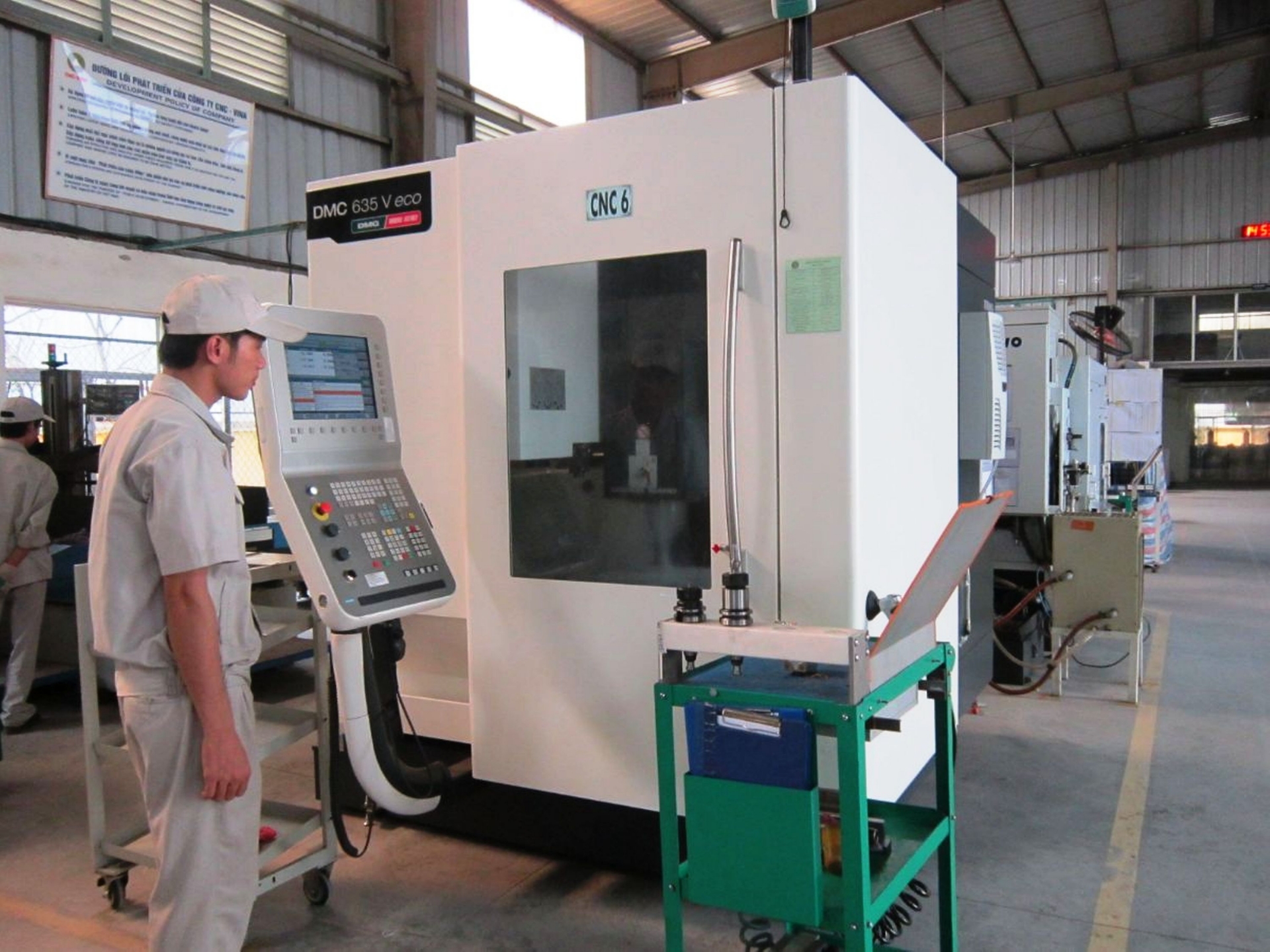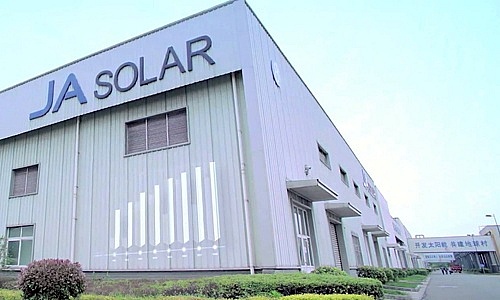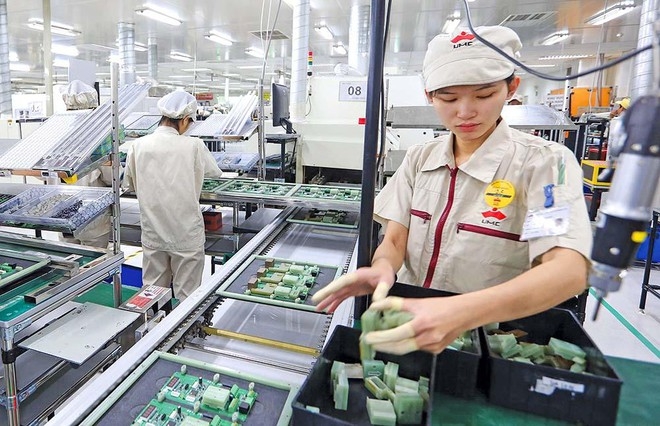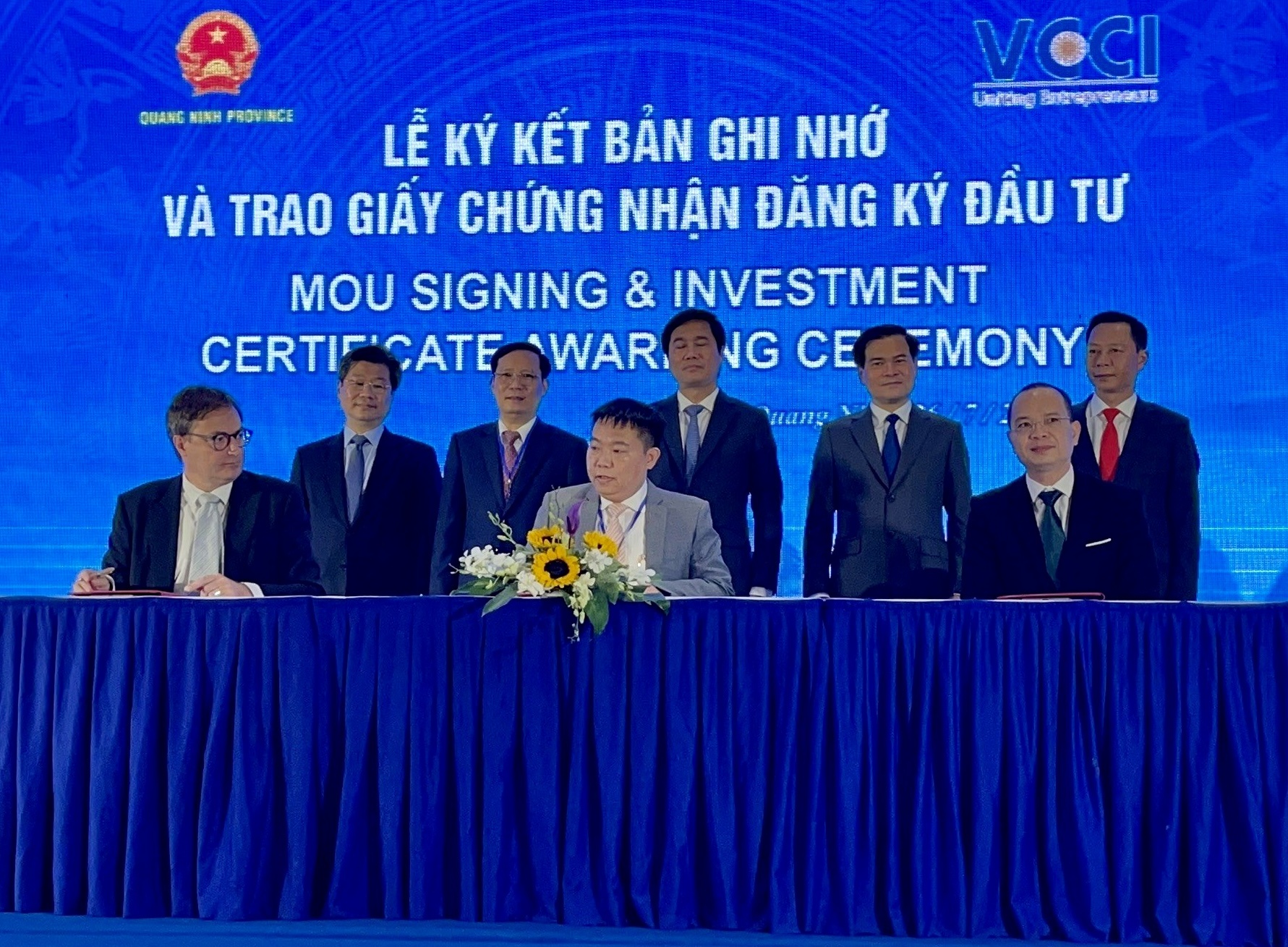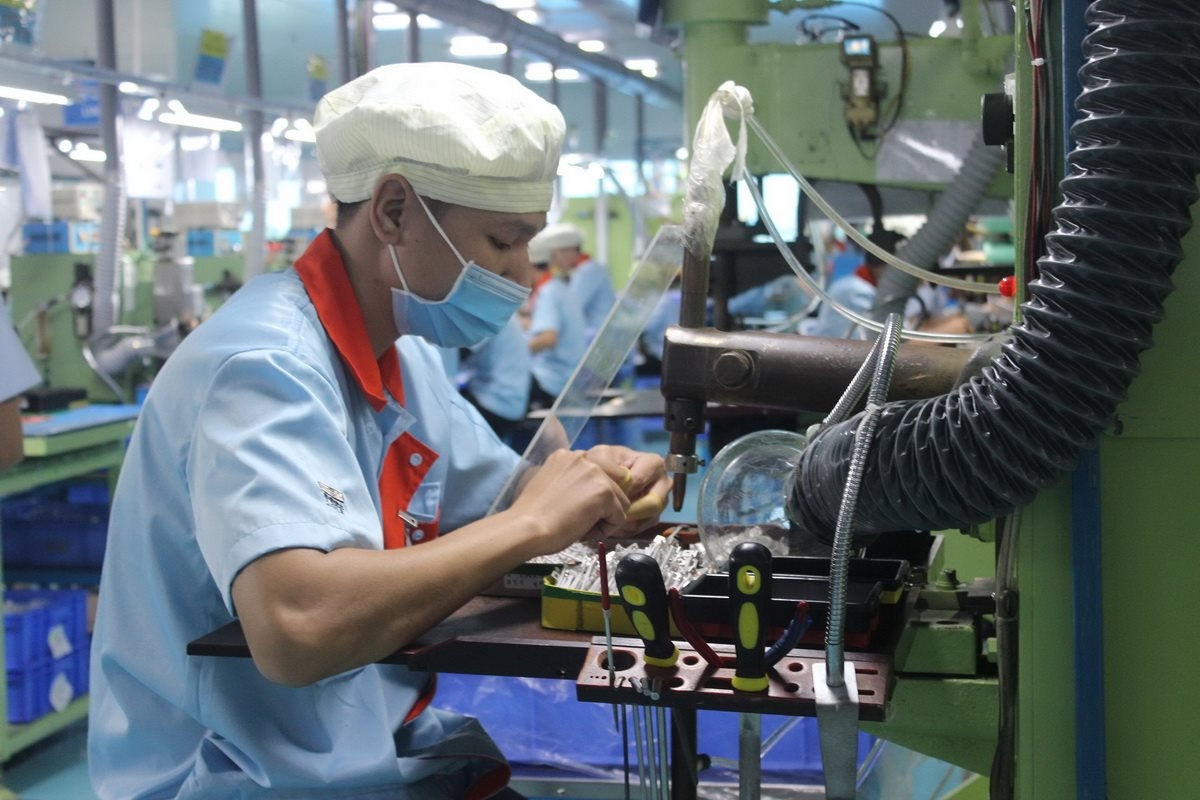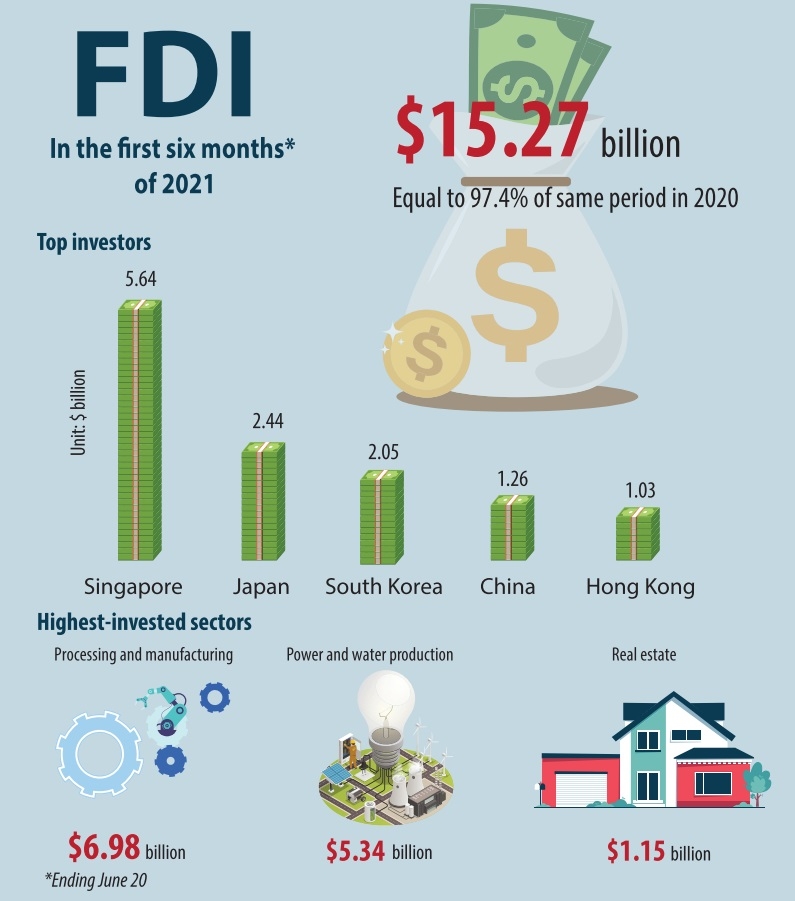Annual report on FDI in Vietnam released for the first time
The Vietnam Association of Foreign-Invested Enterprises has just unveiled its first annual 2021 FDI report to provide a comprehensive assessment of the results of foreign direct investment attraction, the business activities of foreign-invested enterprises, and to analyse the nation's investment environment.
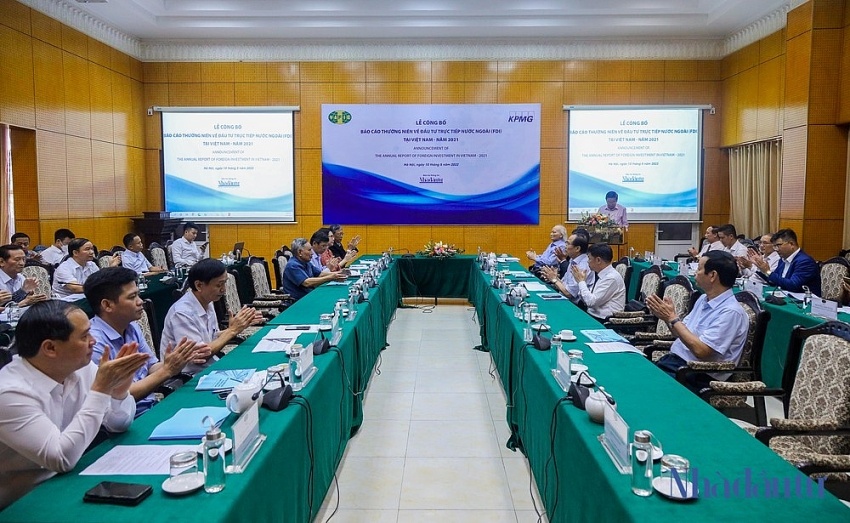
Nguyen Anh Tuan, standing vice chairman of the Vietnam Association of Foreign-Invested Enterprises (VAFIE) said that the report also includes opinions and suggestions from economic experts, investors, and owners of foreign-invested enterprises (FIEs), which will be useful inputs for policymakers.
"It analyses the investment environment in line with the national administrative reform, thereby influencing policies and laws to increase innovation and improve the quality and socioeconomic efficiency of the sector," said Tuan.
The annual report provides an overview of global and ASEAN FDI trends.
Nguyen Mai, VAFIE chairman highlighted the $31.2 billion of FDI inflows last year, an increase of 9.2 per cent on-year.
"Vietnam is the third-largest FDI receiver and one of the ASEAN countries that retained annual growth. FIEs have become a key economic engine in the country, now accounting for a quarter of total investment capital and 55 per cent of total industrial production value," Mai added.
The number of newly-registered capital projects reduced to 985 last year from just over 1,100 in 2020 and 1,400 in 2019, but the adjusted capital has been rising strongly – by 15.3 per cent in 2019, 22.5 per cent in 2020, and 28.9 per cent in 2021.
“This confirms that the nation's business and investment environment is improving, making foreign investors believe in the success of doing business in Vietnam and leading them to increase their investment capital, expand their business opportunities, and gain more profits”, urged Mai.
The FDI bloc currently accounts for more than 70 per cent of export turnover in this export-driven economy, one of the fastest growing in Asia and around the world, he said. Thanks to that, Vietnam has won global recognition for its development and poverty reduction successes on the back of rapid economic growth during the past three decades.
In addition to the positive contributions, the attraction and use of FDI also have shortcomings that need to be overcome. The number of high-tech projects from the US and Europe is still small and the number of enterprises building research and development centres is still low.
Additionally, the contribution of FIEs to the state budget is not commensurate with the project scale and the incentives enjoyed, the FDI structure by region is still unbalanced, and laws and policies for FDI have not been completed yet.


